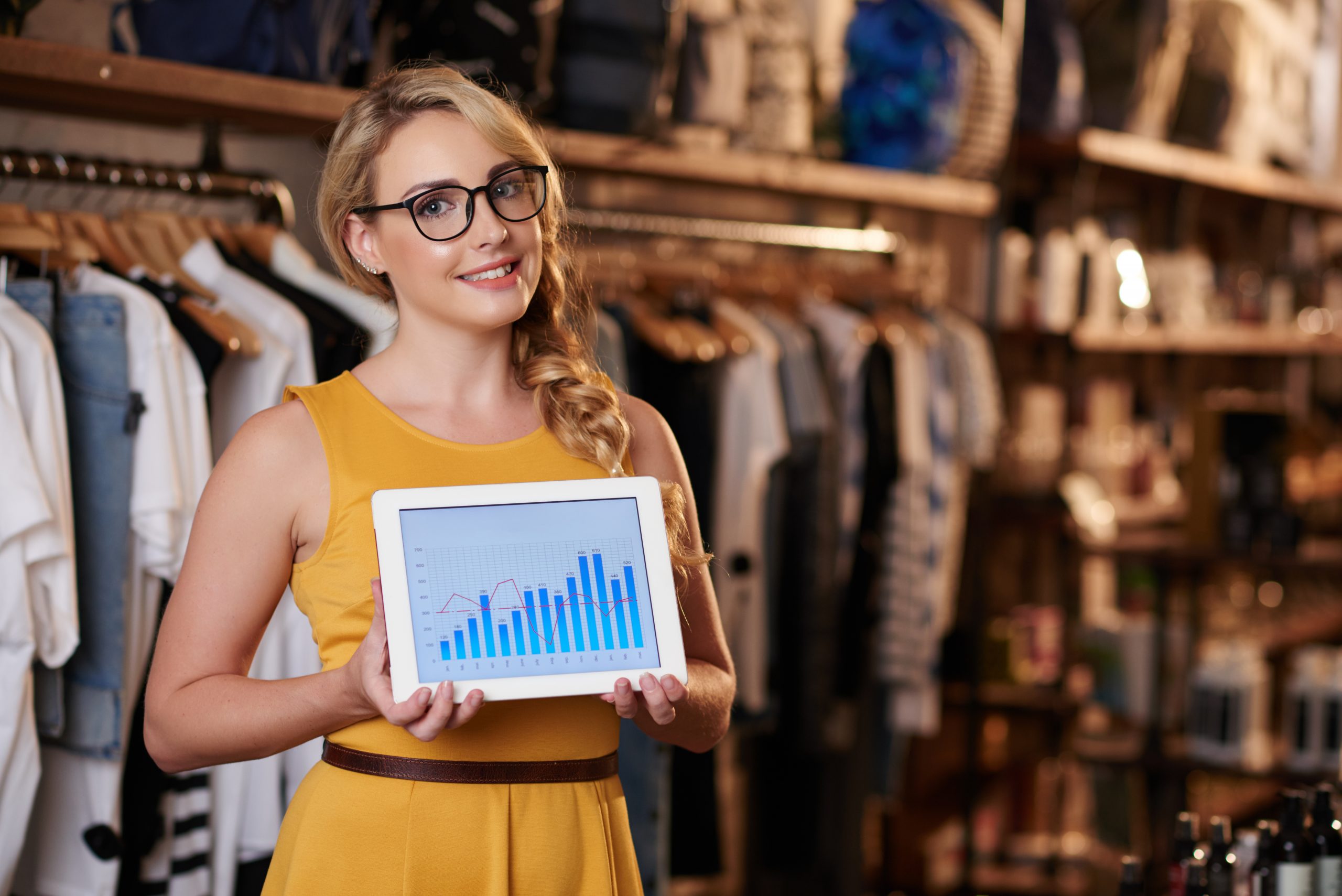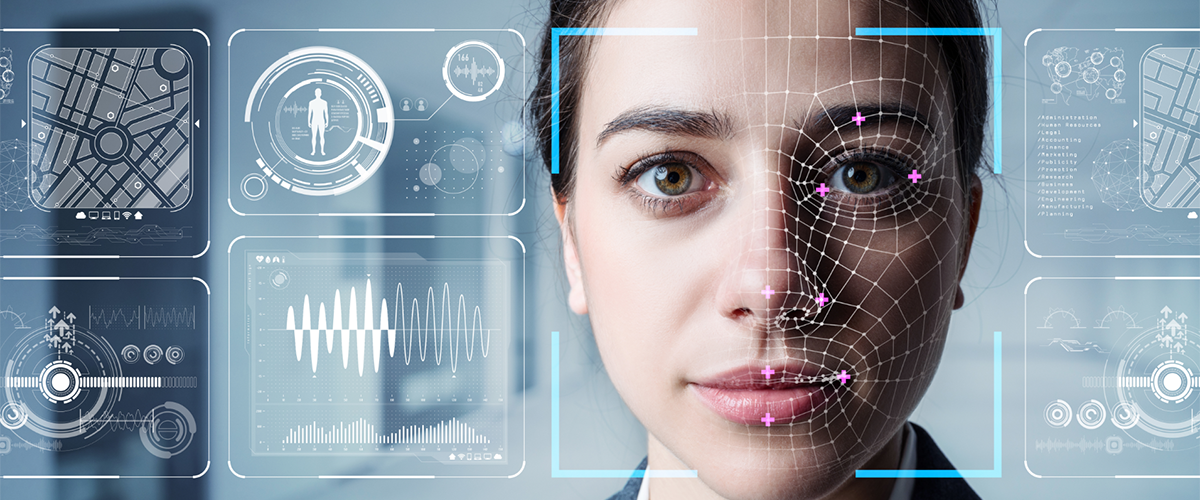Customer centricity is key for success in retail and retailers pursue multiple strategies to win customer loyalty to drive traffic, basket size and eventually profitability. Only driving customers to store is not enough in today’s competitive environment, rather retailers need to ensure customer satisfaction with merchandise, prices, promotions, aesthetics, and in-store experience to reduce customer churn. Retailers today are not only investing in ATL marketing but also are coming up with innovative solutions to drive customer engagement. Video analytics is one such tool in the retailers’ arsenal to study purchase patterns and customer behaviour for devising strategies for day-to-day retail operations and marketing. Retailers are drawn to this emerging technology due to its high ROI and easy implementation; Good news is they can leverage their existing passive infrastructure such as CCTV cameras to embed video analytics and make them Smart! Video analytics can provide crucial insights into customers’ mindsets and assist retailers in multiple ways. Here are some examples: 1. Customers’ Journey mapping for optimal layout planning: Brick and Mortar (B&M) retailers, unfortunately, don’t have the same visibility over their customer’s activities as do E-commerce retailers. Websites track multiple KPIs such as time spent on a product display page (PDP), bounce rates, online conversion rates etc to devise customer-centric strategies. With video analytics, B&M retailers can generate extremely useful insights such as: a) Automatically monitor in-store videos to assess high/ low impact areas for optimal product placement. For example, slow-moving products can be placed in high impact areas to prevent markdowns. Cross-selling can be improved by placing complementary products together on the same shelf. Sell-through rates of multiple SKUs can be adjusted by changing shelf placements. Layouts can be designed better to facilitate easy navigation of products b) Identify sub-optimal layouts that confuse customers. Design store elements such as service kiosks, collection centres and checkout tills placements to engage customers effectively c) Diagnose issues in lighting, temperature, and signage that might result in poor conversion 2. Improved Planogram Compliance: Retailers find it challenging to adhere to frequently changing planogram designs. Head-offices don’t have enough information to dynamically change store-specific planograms to drive higher basket size and average order volumes. Using insights from video analytics, planograms can be changed more frequently, and head offices can efficiently monitor run-time, stores’ adherence to the latest plans. 3. Measurement of Promotion Effectiveness: Retailers rely on sales data to monitor promotion effectiveness, but it provides a very objective view. Retailers are unable to capture the level of interest promotions generate and identify crucial gaps between interest level and actual conversion rates. Video analytics can easily solve this problem by monitoring customer behaviour and traffic at promotion zones in the store. Advanced algorithms can facilitate studying certain customer behaviour such as picking a product from a promotional shelf as the interest shown in the promotion and calculating a conversion rate. There are multiple opportunities to combine this data with promotion location data in-store to optimize store/brand promotions. It could also be shared with CPG brands to negotiate better rates for product placement. 4. Reduction in operating costs through leakage prevention: Globally, retailers lose around 2-3% of revenue due to shrinkage and trends are worrisome despite the adoption of RFID technology. Shrinkage increased around 21% in 2019 as industry security executives reported increases in the number of shopliftings, organized retail crime and employee theft incidents. With video analytics in place, any suspicious customer behaviour can be flagged as alerts to the store managers’ phones to prevent theft and leakages. 5. Improvement in partnerships with leading brands: Brands spend a significant amount of money to invest in a workforce that monitors retail stores’ compliance around product placement in stores. Video analytics can be used to send alerts to area managers if such contracts are violated. For example, if retailer A is not stocking Brand B’s products at an optimal location, alerts could be sent to both brands’ area managers and the retailers’ store managers for corrective measures. 6. Reduction in loss of sale by enabling in-time replenishment: As per leading research, almost 30% of customers switch stores if they find their products out of stock for the 1st time, this figure increases to 70% by 3rd instance. Replenishment on the shop floor is guided mostly by in-store staff and a sudden uptick in-store traffic and sales volume can lead to empty shelves and missed sales opportunities. Video analytics platforms could be used to send alerts & reports about possible stockouts and cut down on lost sales figures. References: https://www.repsly.com/blog/consumer-goods/how-stockouts-can-hurt-your-business: Comprehensive study conducted by professors at the University of Colorado and IE Business School Madrid on retail out of the stock reduction in the FMCG industry. https://hbr.org/2004/05/stock-outs-cause-walkouts https://cdn.nrf.com/sites/default/files/2020-07/RS-105905_2020_NationalRetailSecuritySurvey.pdf
CCTV cameras have seen exponential growth in the last decades, with more than 1 billion devices globally in 2021, driven by highest camera density in China and India for monitoring premises, vehicles, public places, etc., with Chennai leading at 657 Cameras per square KM. While these surveillance systems are indeed assisting crime investigations with data points, data indicates they have not helped reduce crime rate. Per the report from National Crime Records Bureau in October 2020, India recorded 1.6% increase in crime from 2018 to 2019, with crimes against women increasing by 7.3%. Moreover, there is no definite co-relation between the CCTV cameras density and the crime rate, as similar crime rates are noticed across cities with varying CCTV penetration. India Today report says, “Every three minutes, a theft or burglary happens in India”. Despite being one of the top-most countries in the world in terms of surveillance density, why are criminal activities on the rise? With such vast coverage in premises across domains – industries, education institutes, construction sites, residential and commercial buildings, hospitals, etc., do these cameras give meaningful insights to sustain or grow businesses, or maintain and secure premises – unless actively monitored? At the least, is it convenient to take advantage of recorded video feeds to identify missing objects, process deviations, employee negligence, etc.? Basis a survey among local brick & mortar retailers, most feel recorded videos are rarely viewed for it is extremely inconvenient to go through long stretch of videos. Despite cameras installed in the premises, there is no reliable way to automatically ensure or monitor staff diligence be it as simple as monitoring opening time, closing time, etc. Video Analytics for Rescue! Video analytics has been exponentially growing in the last few years, and the global market size is set to grow from USD 4 bn in 2019 to USD 22 bn in 2027, driven by rapid growth in Asia Pacific – primarily India and China. Growth will be fueled by the need for proactive and preventive surveillance system through smart video analytics system than a reactive solution from current passive cameras. With the rapid evolution of analytics at edge and cloud, the capabilities of surveillance system are increasing multifold to offer automatic monitoring and live-alerts for suspicious activities, unauthorized entries, missing objects, crossing boundaries, etc. across domains such as banks, vehicles, factories, retails, inventory rooms, education institutes, smart cities etc. It is a lot more than just security! While security evolves to be preventive and 24X7 fool proof, the underlying AI/ ML technologies offer unbelievable insights that are humanly impossible to obtain. They make premises/ cities smart by seamlessly enabling superior understanding of the footfall trends, walk-in trends, traffic patterns, staff diligence and efficiency, visitors’ demographics, crowd control, time-lapse videos, parking management, etc. With changes in behavior driven by COVID, these technologies offer social distancing, mask compliance, temperature detection, contact-less attendance, and services etc. to enable seamless operation in the post-COVID world Gone are the days with passive cameras, it is certainly the decade that will see places becoming smart, leveraging AI/ ML technologies to grow businesses, enhance security and crowd control. New business models are emerging with no upfront investments but only affordable subscriptions Want to be a front-runner? Contact BotsEye for next-gen video analytics solutions! References: The Hindu Journal Report, 2021 Mint report on CCTV Surveillance Allied Market Research – Video Analytics Statistics National Crime Records Bureau




